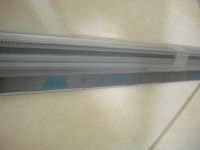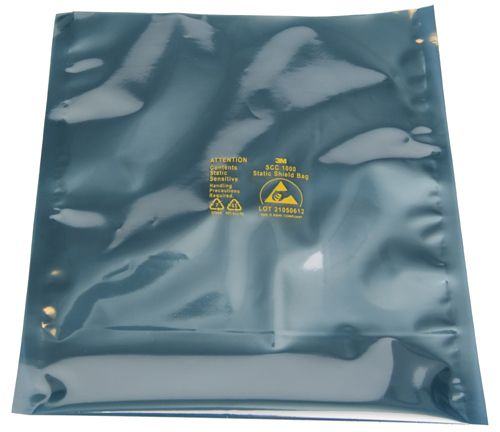Garyl
Full Member level 5
Hello all,
Can anyone tell me what are the safe DIP or maybe SMD IC storage requirements, mostly for MICROCONTROLLERS?
I live in central europe and I am thinking about setting up a little amateur electronic workshop in the garden in some kind of barn, but the temperature here at winter reaches -5C, maybe -10C at worst cases, and it reaches 30C or so at the summer.
Could such temperature (-10C to 35C or so) damage the ICs, or do I just need to store them somehow?
What about humidity etc?
Do I really need constant room temperature for storing ICs?
Can anyone tell me what are the safe DIP or maybe SMD IC storage requirements, mostly for MICROCONTROLLERS?
I live in central europe and I am thinking about setting up a little amateur electronic workshop in the garden in some kind of barn, but the temperature here at winter reaches -5C, maybe -10C at worst cases, and it reaches 30C or so at the summer.
Could such temperature (-10C to 35C or so) damage the ICs, or do I just need to store them somehow?
What about humidity etc?
Do I really need constant room temperature for storing ICs?

